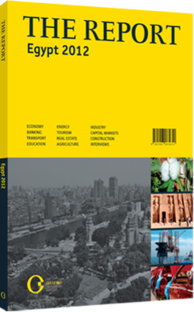This chapter includes the following articles.
Health & Education

Over the past decade, Egypt has made significant progress in terms of improving education quality and outreach, thanks to an increase in private schools, new technical and vocational curriculum and greater local engagement. Public education is free and literacy rates for those between ages 15 and 44 in the 10 years from 1996 rose by almost 15%. However, underfunding, overcrowded classrooms and post-matriculation employability – which is especially acute in the face of high youth unemployment – remain a significant concern, particularly at the tertiary level.
Egypt’s top-down state-driven model of health care has helped improve a number of health indicators, particularly in terms of infectious diseases and childhood mortality. Three decades worth of extensive reforms and significant public investment have helped expand capacity and accessibility, but childhood nutrition, insurance coverage and preventative care remain a concern, particularly with the rise in lifestyle diseases.
This chapter features a dialogue with Lisa Anderson, President, American University in Cairo and Hossam Kamel, President, Cairo University.

